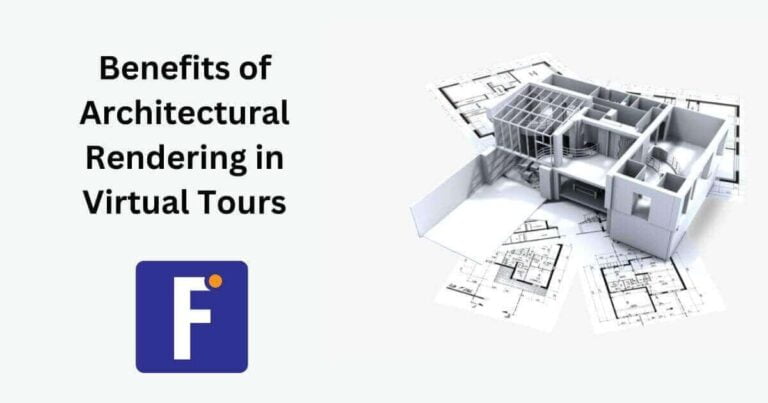Architectural rendering has experienced a significant boom in recent years thanks to technological advances and growing demand in the architecture and construction industry. One of the most notable uses of this technology is its application in Virtual Tours, a tool that has revolutionized the way professionals and clients interact with architectural projects. It explores in depth the benefits of architectural rendering in Virtual Tours, highlighting its impact on decision making, project presentation and communication in the field of architecture.
Architectural 3D rendering services are a technique that uses specialized software to create visual representations of architectural projects prior to construction. These representations, known as renderings, are images or animations that show how a building, interior or landscape will look once it is completed. Architectural renderings are essential to the design process, as they allow architects and designers to visualize their ideas and make adjustments before construction begins.
The application of Virtual Tours
Virtual tours are a fascinating application of architectural rendering. These tours allow viewers to explore an architectural project in a virtual and fully immersive way. Through the use of devices such as computers, tablets or virtual reality goggles, users can navigate through a building, walking through each space and examining every detail as if they were actually there.
The concept of 3D Virtual Tours has been especially valuable in the architecture and construction industry. Previously, architects relied heavily on plans, models and drawings to communicate their ideas to clients and stakeholders. While these methods are effective to some extent, they do not offer the same immersive experience and understanding as a well-designed Virtual Tour.
Benefits of Architectural Rendering in Virtual Tours
Save time and resources
Before the era of Virtual Tours, presenting architectural projects to clients and stakeholders involved physical meetings and constant reviews of plans and mock-ups. This consumed significant time and resources. With Virtual Tours, much of this interaction can be conducted virtually, saving time and resources for both architects and clients.
Better promotion and effective marketing
Virtual Tours also have a great impact on the promotion and marketing of architectural projects. These immersive renderings are powerful sales tools for promoting properties or real estate developments.
Developers can showcase properties prior to construction, attracting potential buyers and investors with a high-quality, engaging preview. Read about Ztec100.com Tech Health and Insurance now.
The Use of Augmented Reality (AR) in Construction
Augmented Reality is another technology that could converge with architectural rendering in the future. Imagine construction workers using AR glasses to see how they should assemble components or follow blueprints while working on site. This could improve efficiency and accuracy on the construction site.
Increased Globalization and Remote Collaboration
Globalization is a trend that continues to grow in the architecture industry. With the use of Virtual Tours, design teams and clients can collaborate effectively on projects that span international borders. This simplifies communication and allows ideas to be shared regardless of geographic location.
Conclusion
As industrial rendering technology continues to advance, Virtual Tours are likely to become even more impressive and accessible. It will open up new opportunities in the industry and continue to improve the way architectural projects are designed, presented and built. Architectural rendering improves efficiency and accuracy in the design process. It level up the experience of everyone involved in creating exceptional architectural environments.
